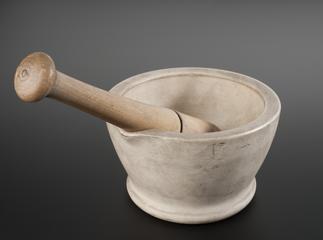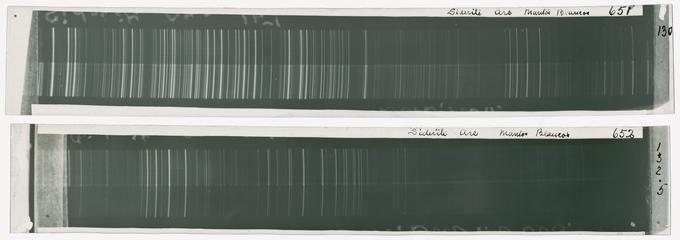

Sign for James Lovelock's 'Exponential Dilution Chamber' for testing chemical detectors
- Made:
- circa 1980 in Cornwall
- maker:
- James Ephraim Lovelock






Sign, reading 'Exponential Dilution Chamber', which marked the doorway to James Lovelock's home laboratory at Coombe Mill on the Devon / Cornwall border, c. 1980
The Exponential Dilution Chamber was a 50 cubic metre airtight room that James Lovelock built inside a barn at his home in Cornwall. The composition of air inside the Chamber could be precisely controlled. Over three years Lovelock used the Chamber to confirm the accuracy of his highly sensitive Electron Capture Detector (ECD), which could detect tiny concentrations of certain types of chemicals. Air quality monitoring stations around the word used samples from the Chamber to calibrate their own detectors.
Details
- Category:
- Experimental Chemistry
- Object Number:
- 2012-127
- Materials:
- wood (unidentified) and paint
- type:
- sign
- credit:
- Lovelock, James Ephraim




